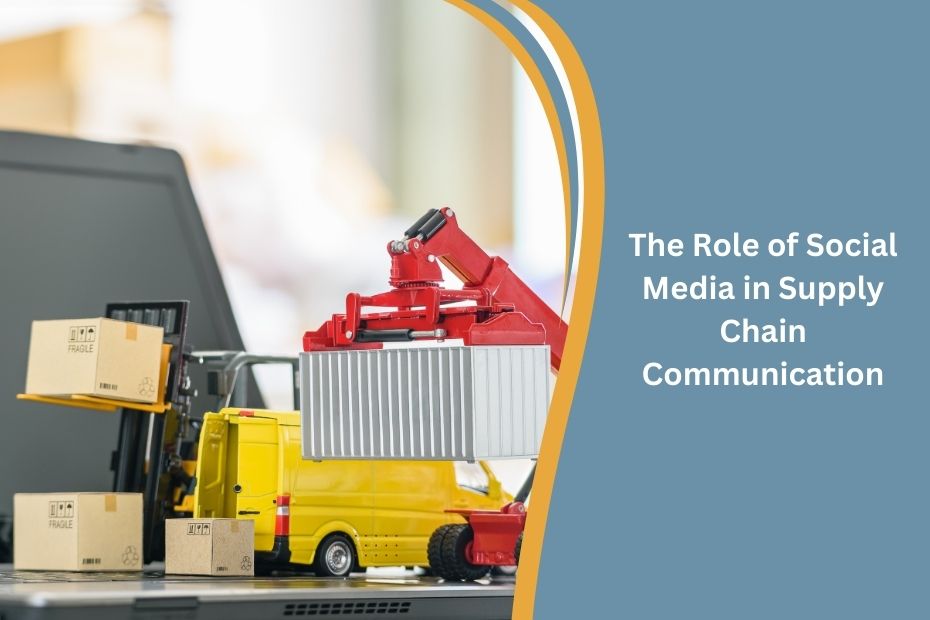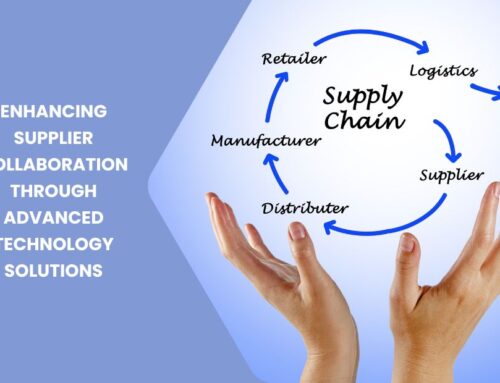Supply chain communication is evolving rapidly, and I’ve seen firsthand how social media is transforming this space. What was once just a tool for personal connections has become a powerful platform for collaboration, transparency, and responsiveness. By leveraging social media effectively, businesses can strengthen their supply chain operations and improve relationships with both partners and customers. Let me share how social media is reshaping communication in supply chains and why it’s become a critical tool for success.
Enhancing Collaboration Among Stakeholders
Collaboration is the backbone of any successful supply chain. I’ve worked with teams that use social media platforms to connect suppliers, manufacturers, and retailers, enabling them to communicate in real time. This immediate access to information helps resolve issues faster and keeps everyone on the same page.
For example, creating a dedicated LinkedIn group for stakeholders allows for seamless sharing of updates, project discussions, and feedback. It’s amazing how quickly a simple message can solve problems that might otherwise delay production or delivery.
Improving Transparency and Visibility
Transparency has always been a challenge in supply chains, but social media offers a practical solution. Sharing updates about production schedules, shipment tracking, and inventory levels through platforms like Slack or even private Facebook groups ensures that stakeholders are informed at all times.
I’ve observed how this level of visibility builds trust. When suppliers openly share progress updates, it allows manufacturers to plan better, and customers feel reassured knowing exactly where their orders are. It’s a win-win for everyone involved.
Facilitating Crisis Management and Risk Mitigation
Disruptions are inevitable in supply chains, whether it’s a natural disaster, a labor strike, or a sudden supplier failure. I’ve seen how social media becomes a lifeline during these times, enabling companies to communicate quickly and effectively.
For instance, during a recent logistics hiccup, a business used Twitter to notify customers about delays and share its plan to resolve the issue. Internally, the team relied on WhatsApp to coordinate with suppliers and logistics partners. This ability to disseminate information in real time made all the difference in minimizing the impact of the disruption.
Strengthening Supplier Relationships
Maintaining strong relationships with suppliers is crucial, and social media can play a big role in this. Platforms like LinkedIn allow businesses to engage with suppliers on a regular basis, sharing updates, best practices, and industry news.
I’ve worked with companies that create private groups for their suppliers, fostering an open line of communication. This builds trust and encourages collaboration on long-term goals. When suppliers feel like partners rather than just vendors, the entire supply chain benefits.
Enhancing Customer Engagement
Social media isn’t just for internal and supplier communication; it’s also a powerful tool for connecting with customers. I’ve seen businesses use platforms like Instagram and Twitter to gather feedback, answer questions, and address concerns. This direct interaction helps companies understand customer needs and align their supply chain processes accordingly.
For example, monitoring social media for customer complaints about delivery delays can highlight issues that need immediate attention. Addressing these concerns quickly resolves the problem and strengthens the relationship with the customer.
Accelerating Information Dissemination
One of the standout benefits of social media is the speed at which information can be shared. I’ve noticed how businesses use platforms like Slack or WhatsApp to notify stakeholders about changes in delivery schedules or unexpected delays, ensuring everyone is informed simultaneously.
This rapid communication reduces the risk of miscommunication and keeps operations running smoothly. It’s far more efficient than relying on traditional methods like email chains, which can be slow and prone to errors.
Supporting Sustainable Practices
Sustainability has become a top priority for many businesses, and social media provides a platform to promote eco-friendly initiatives. Sharing achievements like reducing carbon emissions or adopting greener logistics practices inspires partners and customers to support these efforts.
I’ve worked with companies that use LinkedIn to highlight their sustainability milestones, such as switching to electric delivery vehicles or optimizing routes to save fuel. Not only does this enhance their brand image, but it also encourages others in the supply chain to adopt similar practices.
Key Benefits of Social Media in Supply Chain Communication
- Real-time collaboration among stakeholders.
- Enhanced transparency with updates on shipments and inventory.
- Faster crisis management through quick information dissemination.
- Stronger supplier relationships via open communication.
- Improved customer engagement through direct feedback channels.
In Conclusion
Social media has become an indispensable tool for supply chain communication. It enhances collaboration, improves transparency, and enables faster responses to disruptions. Whether it’s engaging with suppliers, building trust with customers, or promoting sustainability, the benefits are undeniable. As supply chains continue to grow in complexity, leveraging social media effectively is no longer optional—it’s essential for staying competitive and resilient in today’s fast-paced business environment.










